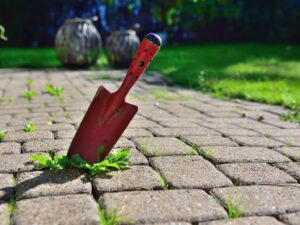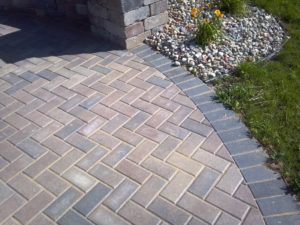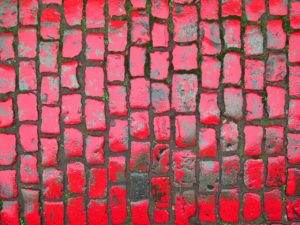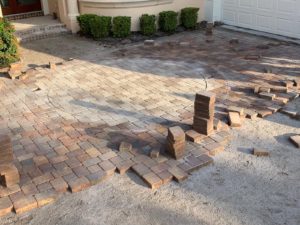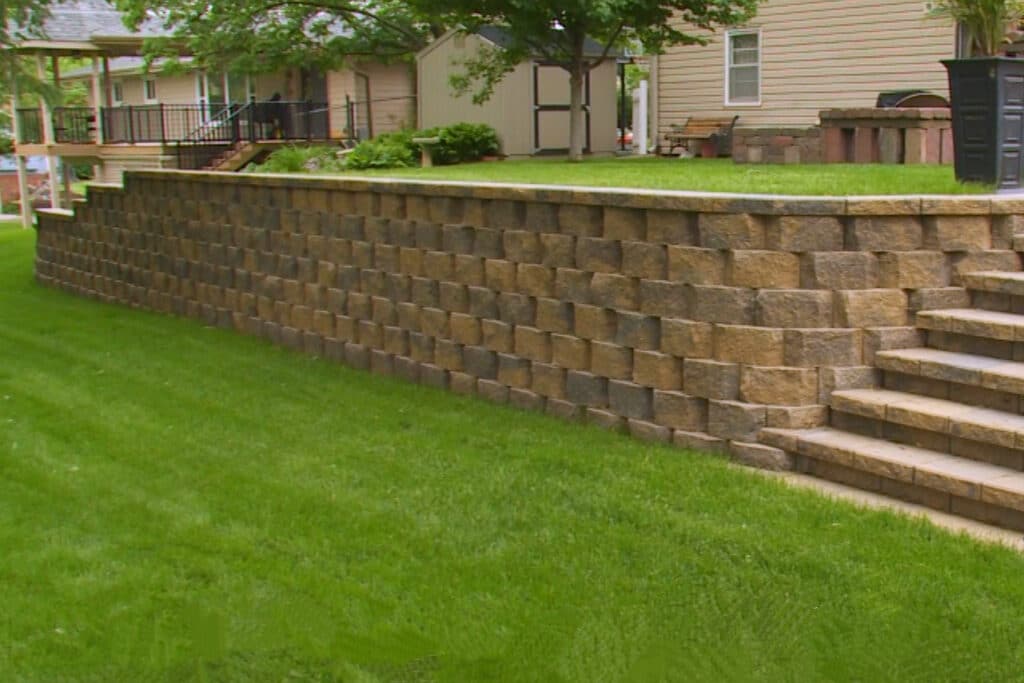
Retaining walls are a staple of the hardscape industry. The blocks with which they are constructed are incredibly versatile and easy to use. As easy as they are, though, retaining walls falling are a common occurrence that can give a lot of headaches to many homeowners.
That easiness to install is a big attractive of retaining walls, making them an innovative and creative element, limited only by the imagination of the homeowners who decide to incorporate it in their project.
As it is the case with all hardscape elements, things are never as simple as they appear. The installation of retaining walls can become quite complex and, if the objective is the long run, things need to be properly planned and carefully executed.
So our goal with this article is to talk about some of the most common reasons why a retaining wall might start to fall, how to fix those problems and how to avoid them in the future. So let’s get right into it.
Retaining Wall Falling – Common Causes
If your retaining wall has started showing cracks or bulges, that is a sign that things are not quite right. There are many causes as to why a retaining wall might star to fall, some very complex, some very simple.
We are going to focus on the three most common causes and how to avoid them from the start.
Weak Foundation
Just like in any hardscape element, a good foundation is crucial for the establishment of a good retaining wall. A very common mistake is skipping a proper study of the soil and strategize the installation accordingly.
A soil rich in clay, for example, is heavier and accumulates a lot of water. Therefore, it might present some humidity issues. In that case, the foundation of the retaining wall must be protected with a sealant or geotextile fabric.
Another very important element is the compaction of the soil. No matter what kind of soil you’re working with, a good compaction ensures there won’t be free space for the soil to shift around, avoiding pressure on the retaining wall.
And speaking of pressure, the footing of your retaining wall needs to be deep enough. The retaining wall must be able to sustain with ease heavy loads of soil, and for that you must place its footing almost as deep as the height of the wall itself.
Unforeseeable Loads
Another pivotal and overlooked fact of retaining walls installation is the following: you must have an estimate on how much weight that wall will need to sustain.
Your wall will sustain not only the weight of the soils, but of everything that is put on top of it, as well as the water that will accumulate on it as times goes by. That calculation must be as precise as possible.
You need to account for all the furniture, plants, and any other elements that will be placed on the ground that the wall will be sustaining. Otherwise, your wall won’t be prepared to sustain the weight and will eventually fall or crack.
Poor Drainage
That is perhaps the most important aspect in the installation of retaining walls. Many people completely forget the drainage aspect, especially when tackling the project from a DIY perspective.
That leads to catastrophic conclusions. The water almost doubles the weight of the soil and, without a place to go, it will put pressure on the wall and destroy it. That’s why it is so important to do a proper backfill of your retaining wall.
Backfilling consists in putting a “barrier” between the wall and the actual soil. That barrier will function as a filter through which the wall can pass through.
How to Backfill a Retaining Wall
So how do we make this backfill? The process is actually not that simple. It takes some extra materials, careful planning a and some heavy lifting, which you probably won’t be able to do by yourself.
Again, the main idea is to avoid the direct contact between the wall and the soil. So the first thing to do is choose what filtering material you’re going to use for that. You can use gravel, crushed rock, or even crushed concrete.
You’re also going to need sand, agricultural pipe and geotextile fabric. The width of the agricultural pipe in question will depend on the scope of your whole the project. The bigger the retaining wall, the bigger the pipe.
To start, you’re going to make a small sand bed right next to the base of the retaining wall. The width of this bed must be three times the width of the agricultural pipe. But putting the sand is not the first step.
After measuring the bed, your first move is to place the geotextile fabric on the ground, right next to the wall. Only then you will place the sand on top of the geotextile fabric.
Compact the sand as best as possible and place the pipe on top of it. Pressure the pipe slightly, enough to sink a third of it into the sand bed. After that, compact the shifted sand yet again.
Following that, and now is the tricky part, you’re going to slowly place your filtering material on top of the pipe. At the same time, you will slowly “raise” the geotextile fabric, putting it between the filtered material and the soil, that you will also slowly put in place.
The idea is to make a “sandwich”. The geotextile fabric will be slowly place on a vertical position, using the filtered material in one side and the soil on the other as a base.
That is the hardest, but also the most important, part of the process. You’re going to do that until you reach the top of your retaining wall.
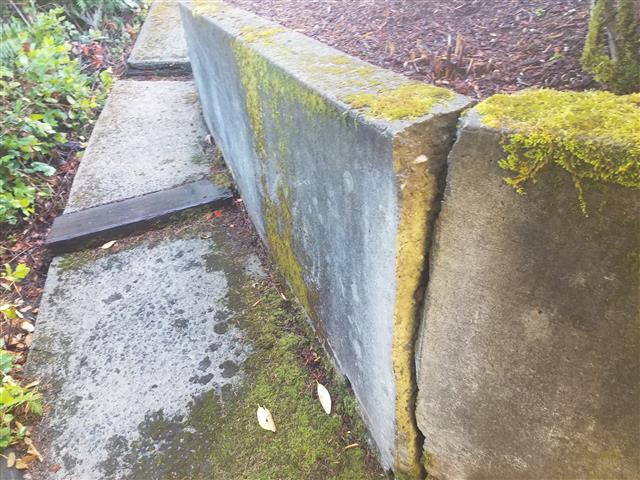
Professional Help
As you could see, things are not as easy as they seem when it comes to retaining walls. They are a hard element to tackle by yourself, so your best course of action is to hire qualified hardscape professionals to help you with your project.
We here at S&S Pavers, over our 12 years of experience, have helped countless homeowners with the retaining wall projects. We know how complicated things might get, so don’t hesitate to look for a professional in your are that you can trust.
And if you happen to be around our area, the Sarasota and Manatee counties, in Florida, why not give us a call to help you?
You can contact us any time for a free estimate on our services. Call us right now at 941-773-3098 or email us at sales@sspavers.com. We would be happy to hear from you.

